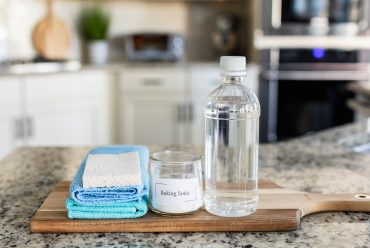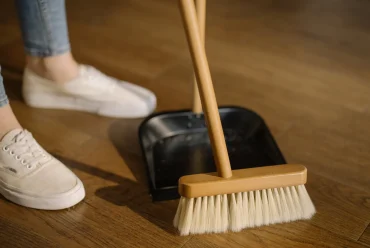Cleaning Guide to Reduce Allergens in Your Home
Allergens like dust mites, pet dander, mold, and pollen can trigger allergies and asthma symptoms, making your home a less-than-ideal environment for many. Fortunately, regular cleaning and some smart strategies can help reduce allergens and create a healthier living space. Here’s a practical cleaning guide to help reduce allergens in your home:
1. Dusting and Vacuuming Regularly
Dust is a major contributor to allergens. It contains dust mites, pet dander, and other particles. To minimize these, dust surfaces frequently using a microfiber cloth, which traps dust rather than spreading it around. Avoid feather dusters, as they can stir dust back into the air. Vacuuming is equally important—use a vacuum cleaner with a HEPA filter to trap fine particles. Vacuum carpets, rugs, and upholstery at least once a week, and more often in areas with heavy traffic or if you have pets.
2. Wash Bedding and Curtains
Dust mites love bedding and upholstered furniture. Wash your bed linens, pillowcases, and blankets in hot water weekly to kill dust mites and remove other allergens. Consider using dust mite-proof covers for pillows and mattresses. Curtains and blinds can also trap dust, so washing them regularly or wiping down blinds with a damp cloth can help reduce allergens.
3. Control Humidity
Mold and dust mites thrive in humid environments. To keep them at bay, maintain indoor humidity levels between 30-50% by using a dehumidifier or air conditioner, especially in damp areas like bathrooms, kitchens, and basements. If you live in a particularly humid climate, consider investing in a whole-home dehumidifier.
4. Minimize Pet Dander
Pets are wonderful, but their dander can be a major allergen. Regularly bathe and groom pets to reduce the amount of dander in your home. Vacuum often, especially in areas where pets spend time. Consider designating pet-free zones, like bedrooms, to reduce exposure while you sleep.
5. Air Purification
Air purifiers equipped with HEPA filters can effectively capture airborne allergens like pollen, pet dander, and dust. Place them in high-traffic areas or rooms where you spend a lot of time, such as the living room or bedroom. They can significantly improve air quality and help reduce allergic reactions.
6. Keep Windows Closed During High Pollen Seasons
If you’re allergic to pollen, keep your windows closed during peak pollen seasons, particularly in the morning when pollen counts are highest. Using air conditioning can help filter the air while keeping the inside cool and allergen-free.
By following these steps, you can significantly reduce allergens in your home, making it a more comfortable and healthier place to live. Regular cleaning, smart maintenance, and the right products will go a long way in alleviating allergy symptoms.







No Comments